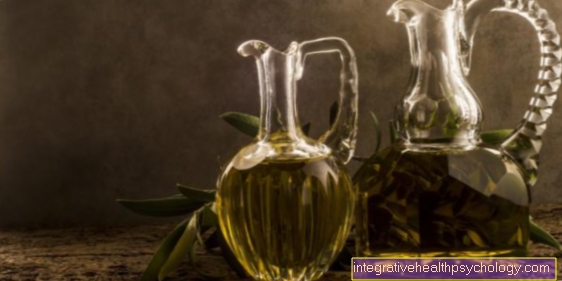anise
Latin name: Pimpinella anisum
Genus: Umbelliferous plant
Common names: Anise-Bibernelle, Änis, Bread Seed, Sweet Fennel, Round Fennel
Plant description anise
Plant description: Annual herb, origin in the Orient, native to the Mediterranean area, cultivated there in cultures.
The plant grows approx. 40 cm high, spindle-shaped roots, round stems that branch out at the top. Small white flowers arranged in an umbel that can have 7 to 15 rays. The fruits are round to egg-shaped (therefore also called round fennel). Charlemagne already recommended the cultivation of aniseed.
Plant parts used medicinally
The ripe fruit.
ingredients
Up to 3% essential oils (anethole), oil, proteins, sugar and organic acids. The fruits smell pleasantly aromatic.
Medicinal effects and use of anise
Antispasmodic, liquefies mucus, relieves flatulence, strengthens the stomach, promotes the flow of milk in nursing mothers.
Anise is often the second choice or a supplement, caraway is better for gas, fennel is better for coughing. Of all three medicinal plants, however, anise tastes best and it is therefore advisable to add anise to a tea mixture as a flavor refinement.
In homeopathy, Anisum is used against a lack of appetite, for diarrhea in teething children, for flatulence, but also as a sedative. The drops (D1 or D2) of Anisum are usually 5 to 10 drops 3 to 5 times a day.
Preparation of anise
1 heaped teaspoon of aniseed fruit (crushed or pounded in a mortar), pour ¼ l of boiling water over it and strain after 10 minutes. To prevent coughing, drink a cup of it sweetened with honey 2 to 5 times.
If you have flatulence, it is best to drink this unsweetened tea before or after meals. It is also suitable for small children.
Anise is also used in the kitchen as a spice for pastries, sauerkraut, coleslaw, canned vegetables and fruit.
Combination with other medicinal plants
A tea mixture of:
Caraway fruit, crushed 25.0 g / fennel fruit, crushed 25.0 g / anise fruit, crushed 25.0 g
Pour ¼ l of boiling water over 1 heaped teaspoon of the mixture, let it steep for 10 minutes, strain and drink with meals.
side effect
Allergic reactions can occur on the skin, the respiratory tract, and in the digestive tract, but are very rare.





























